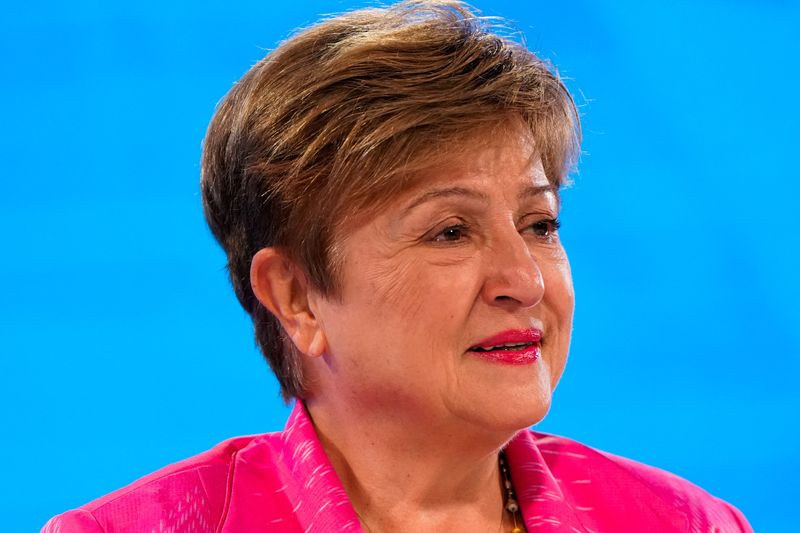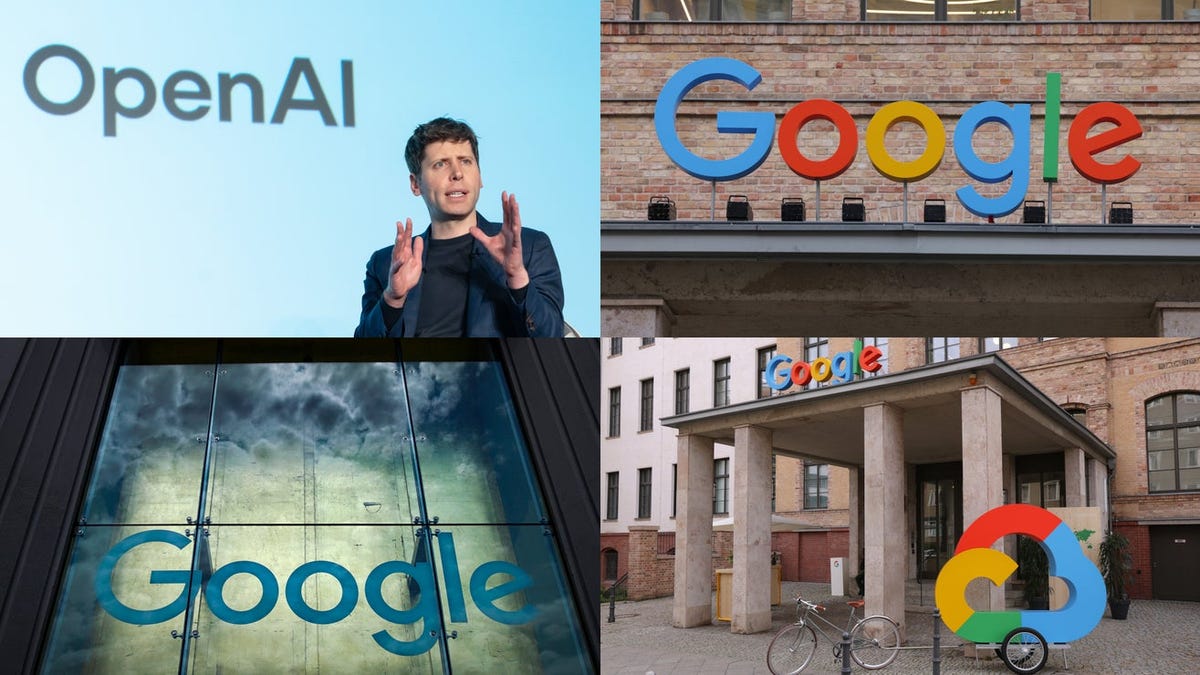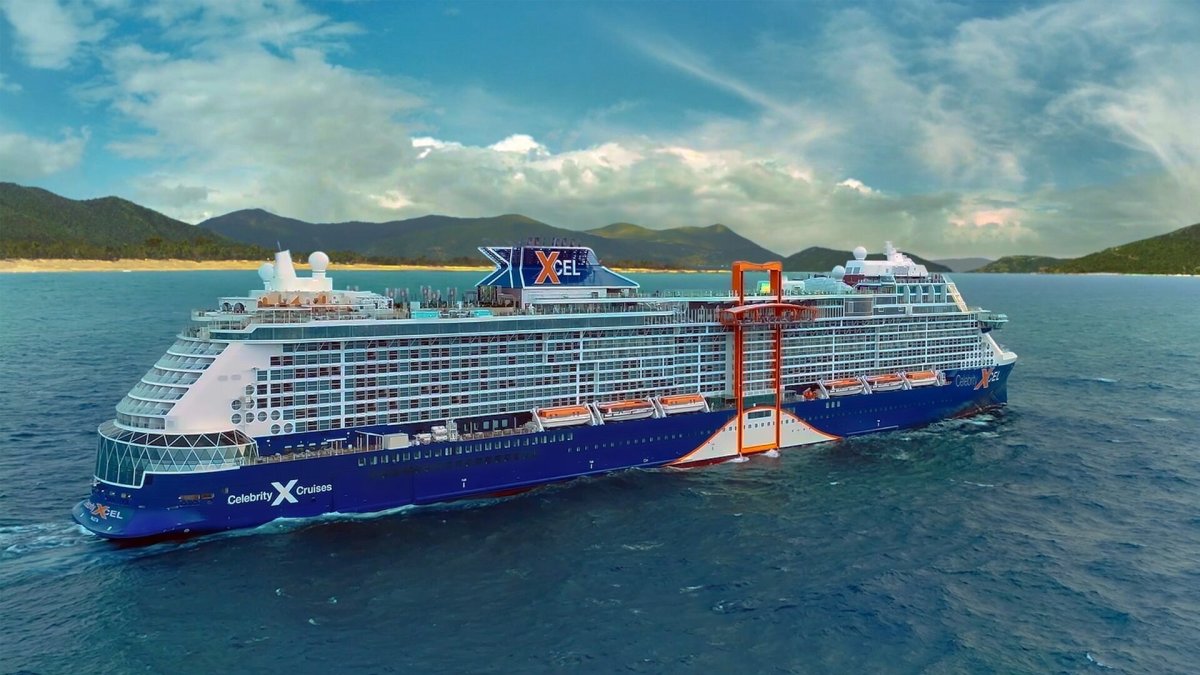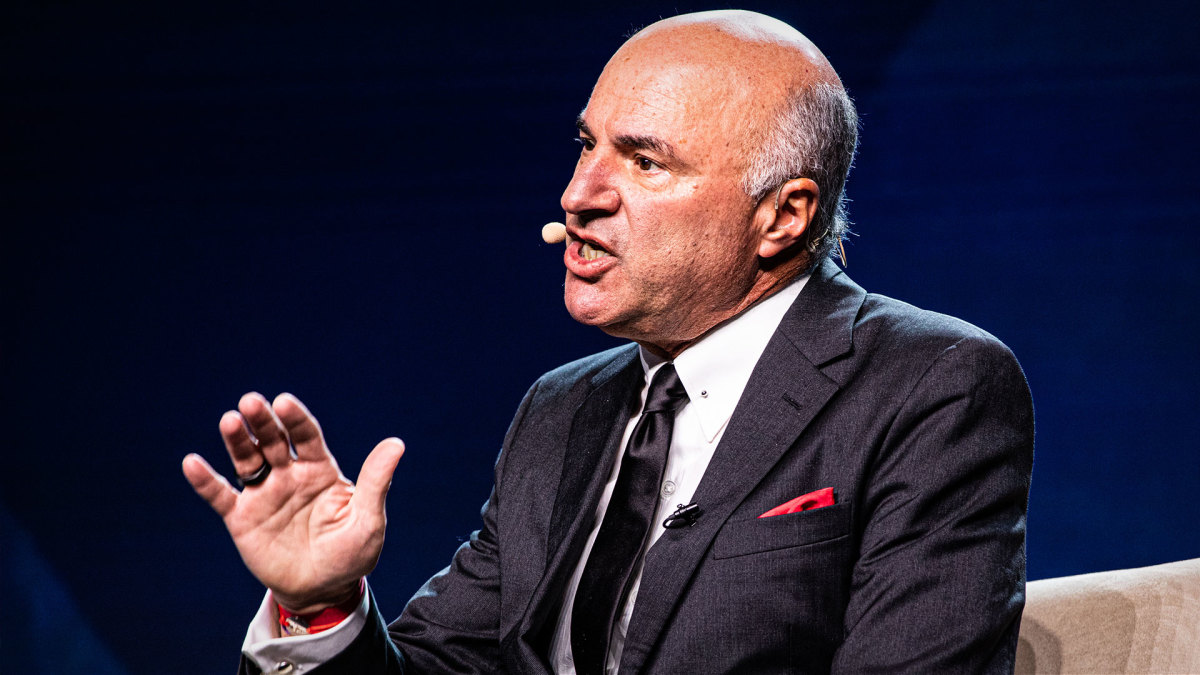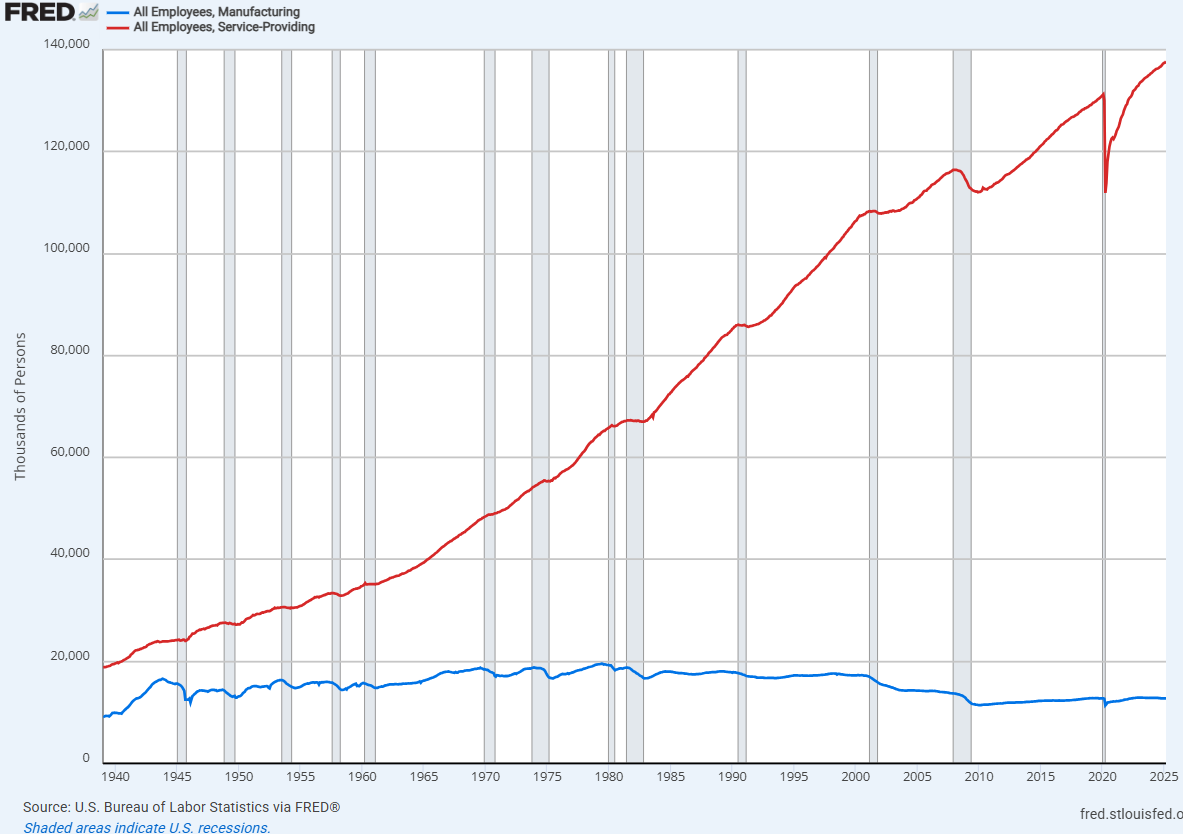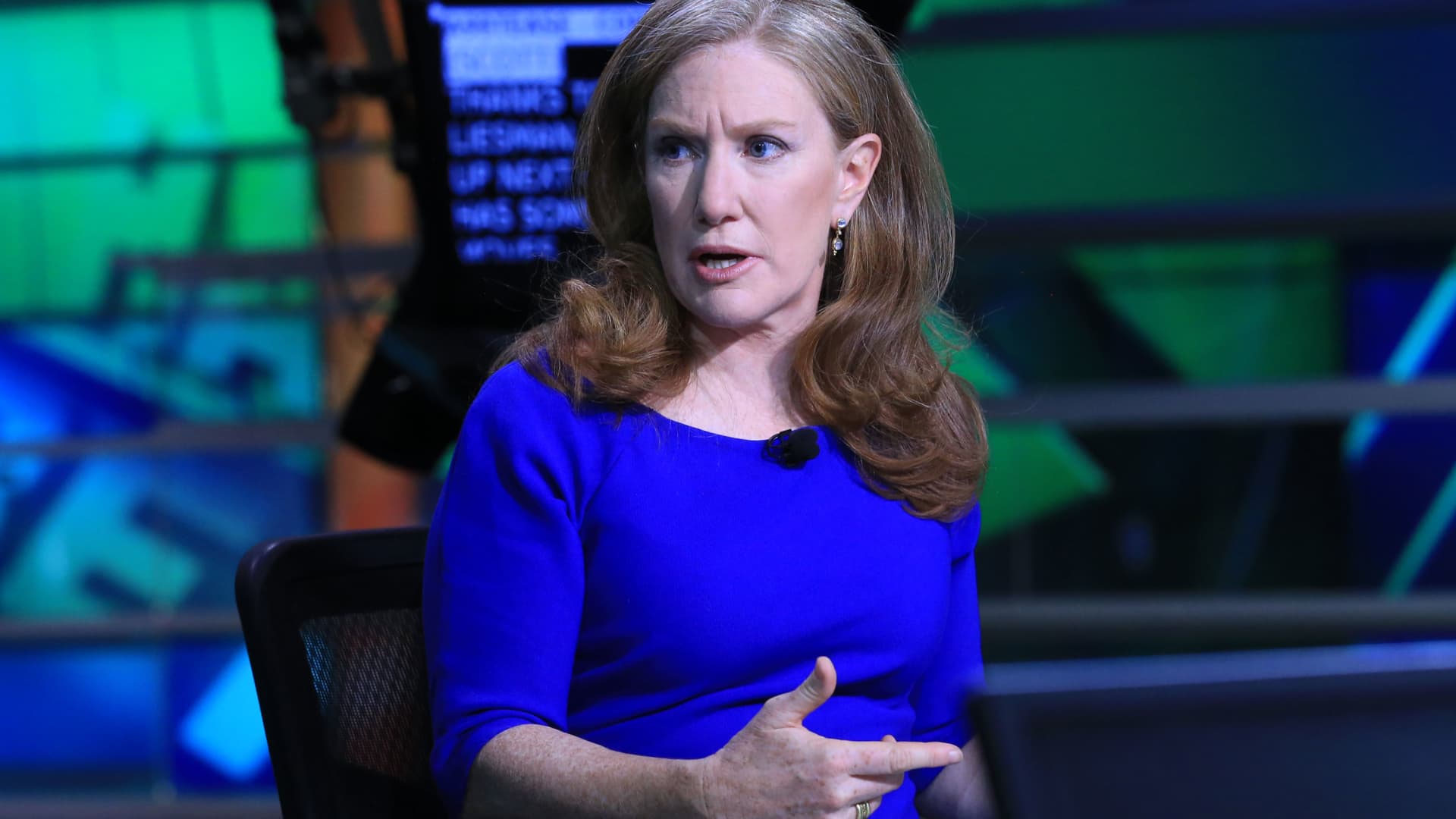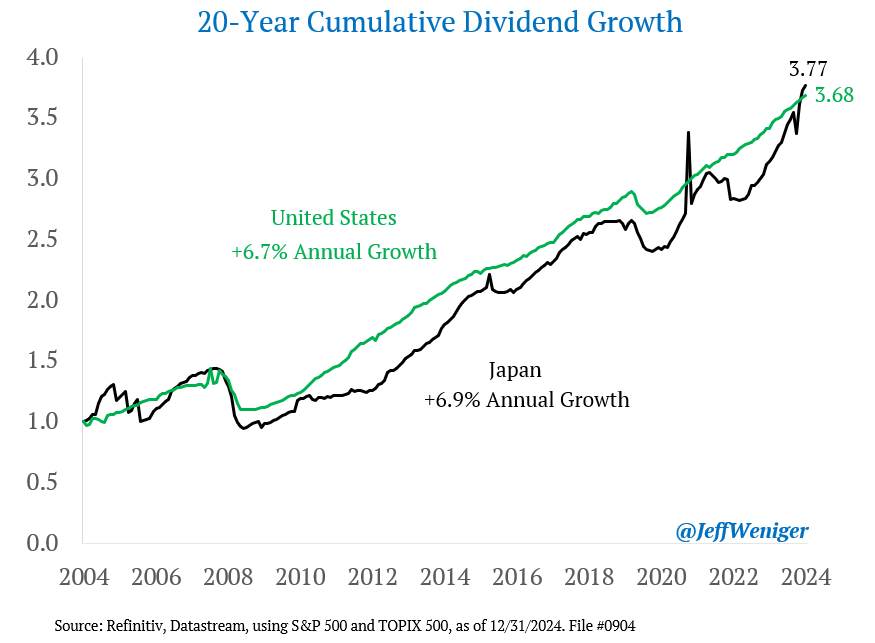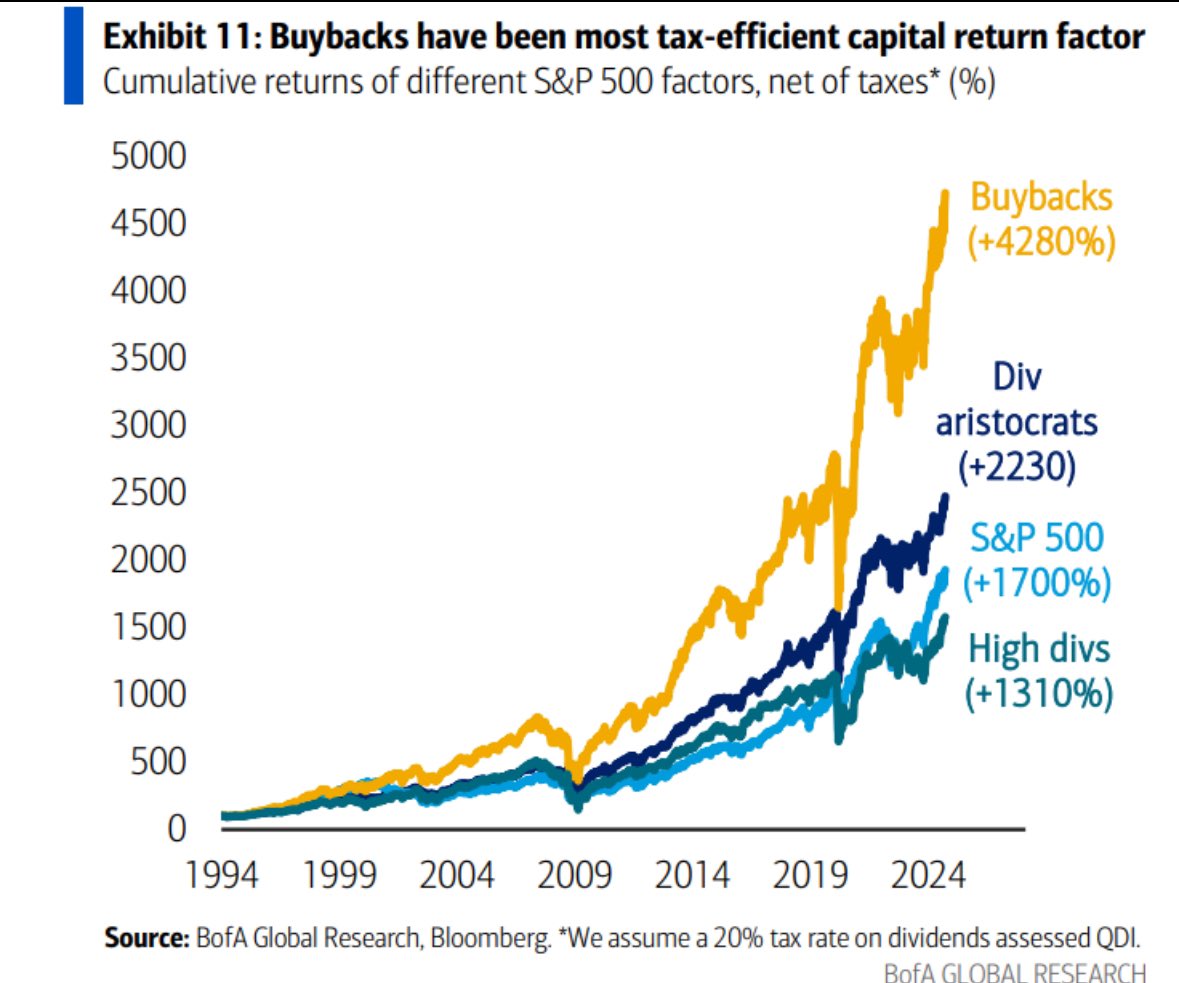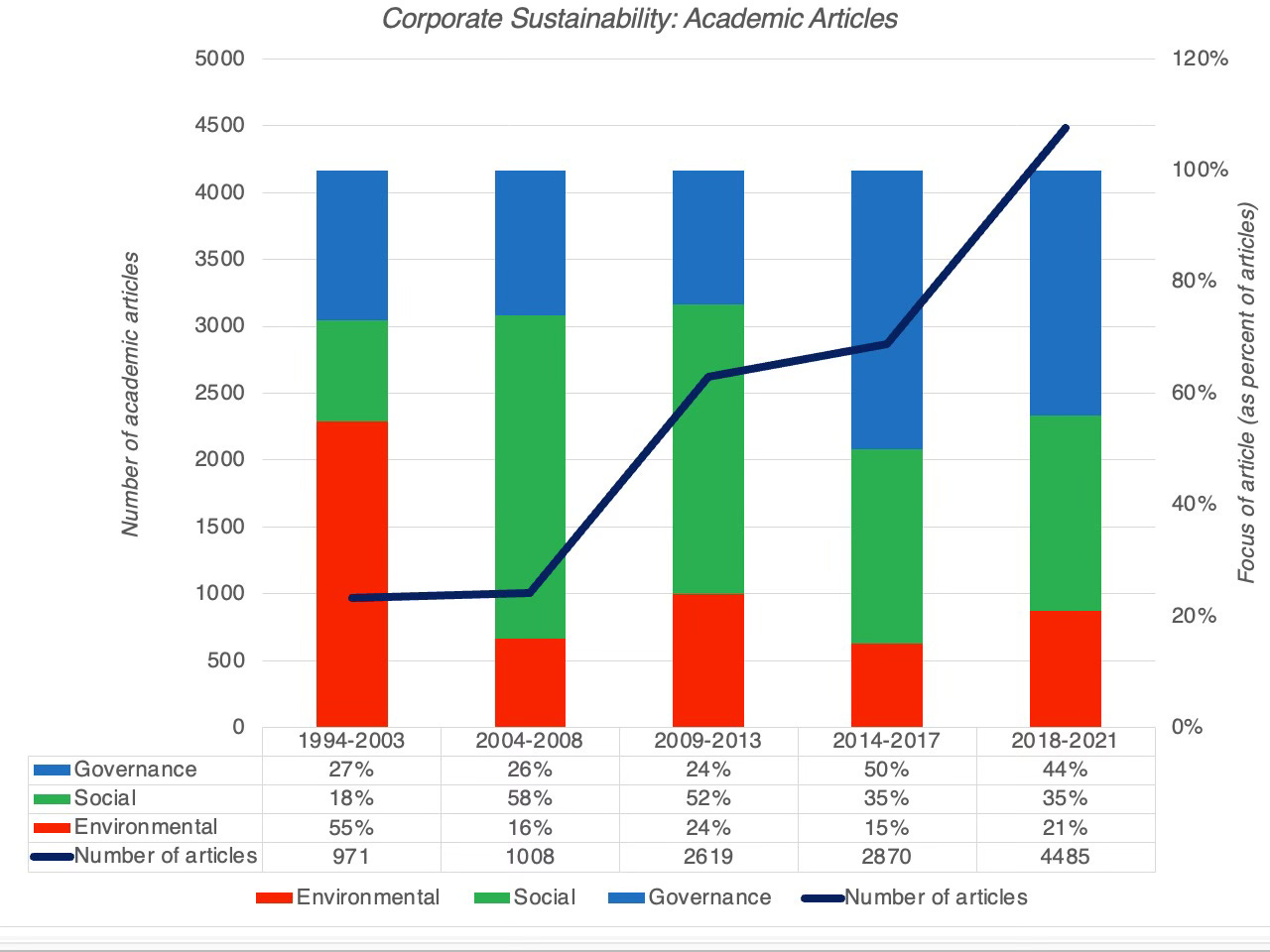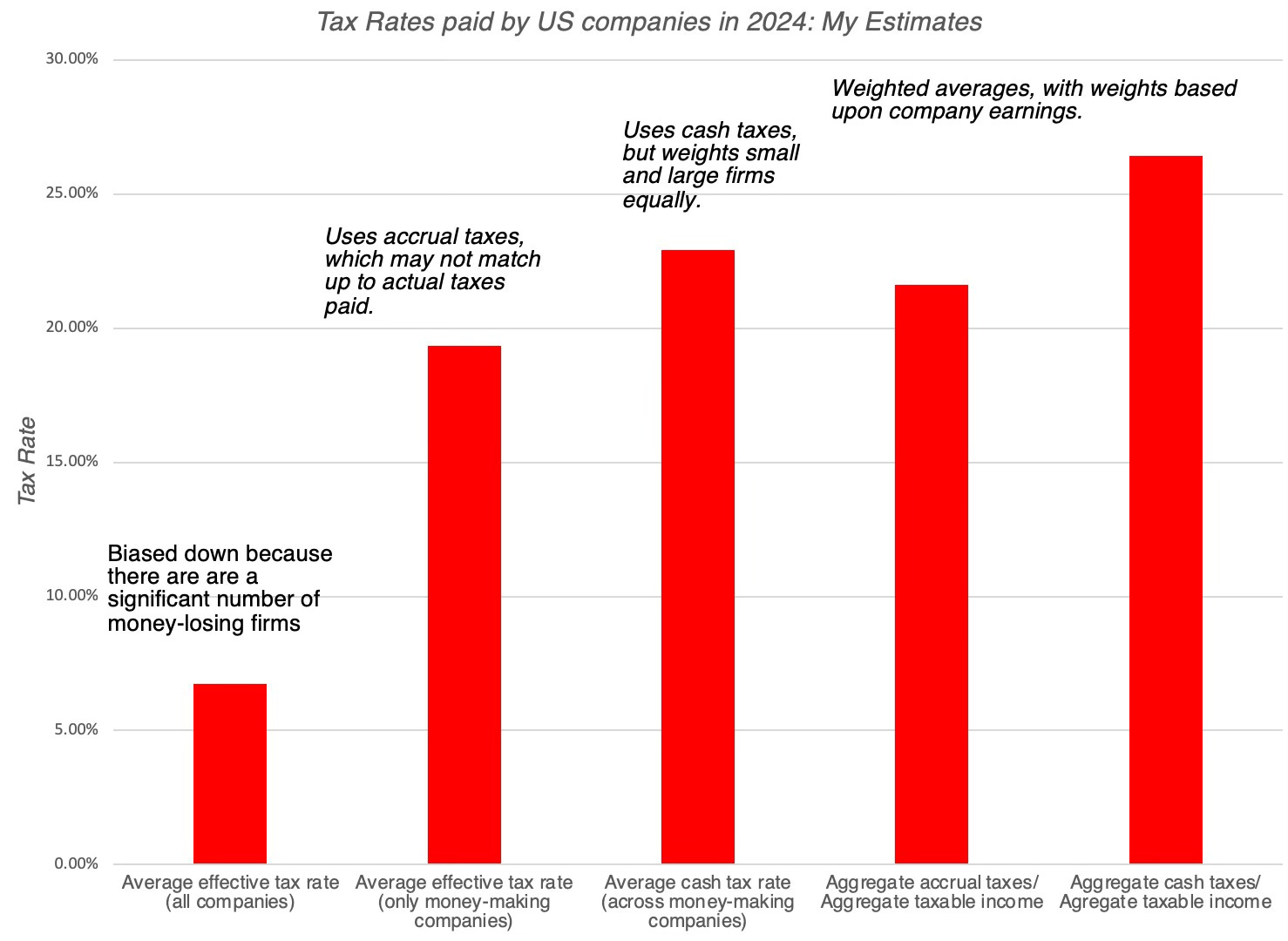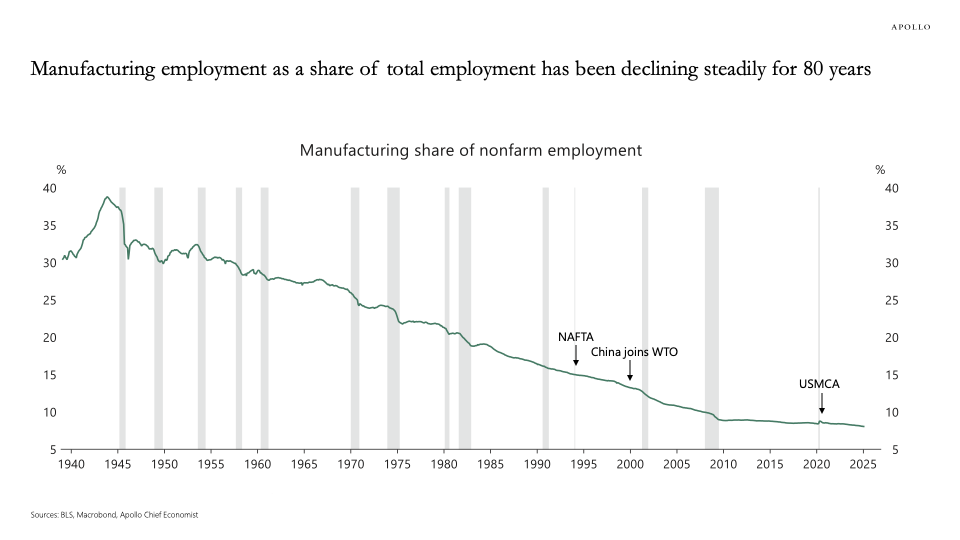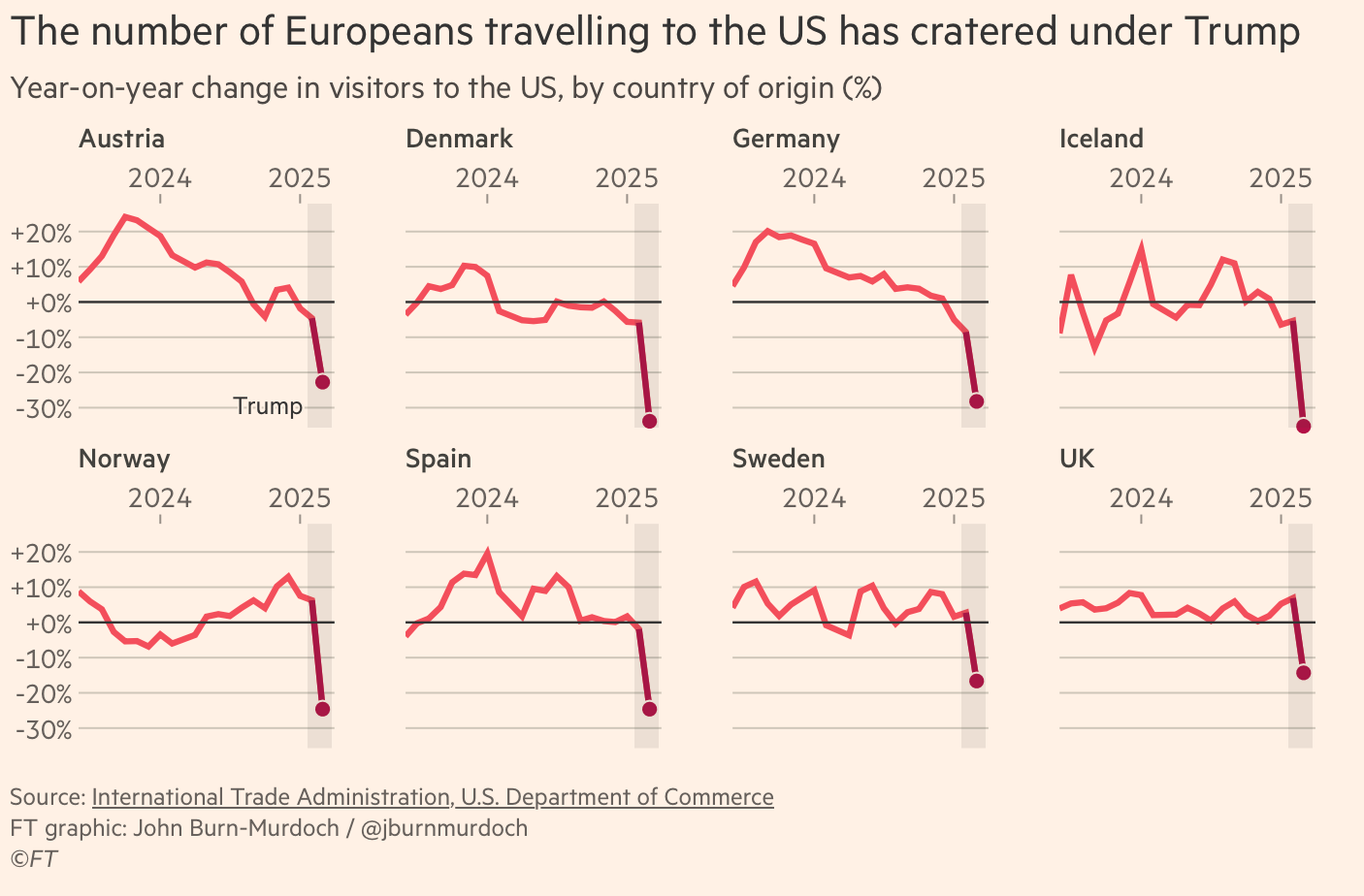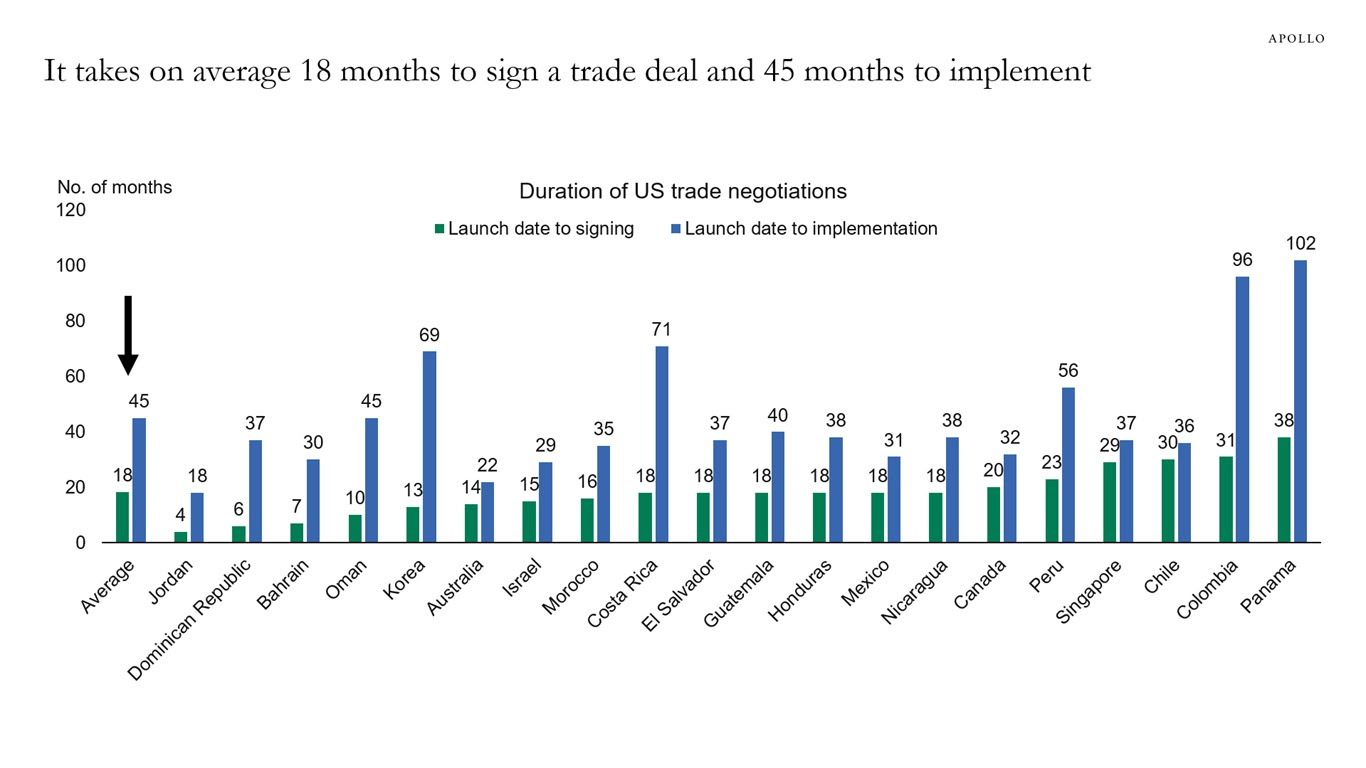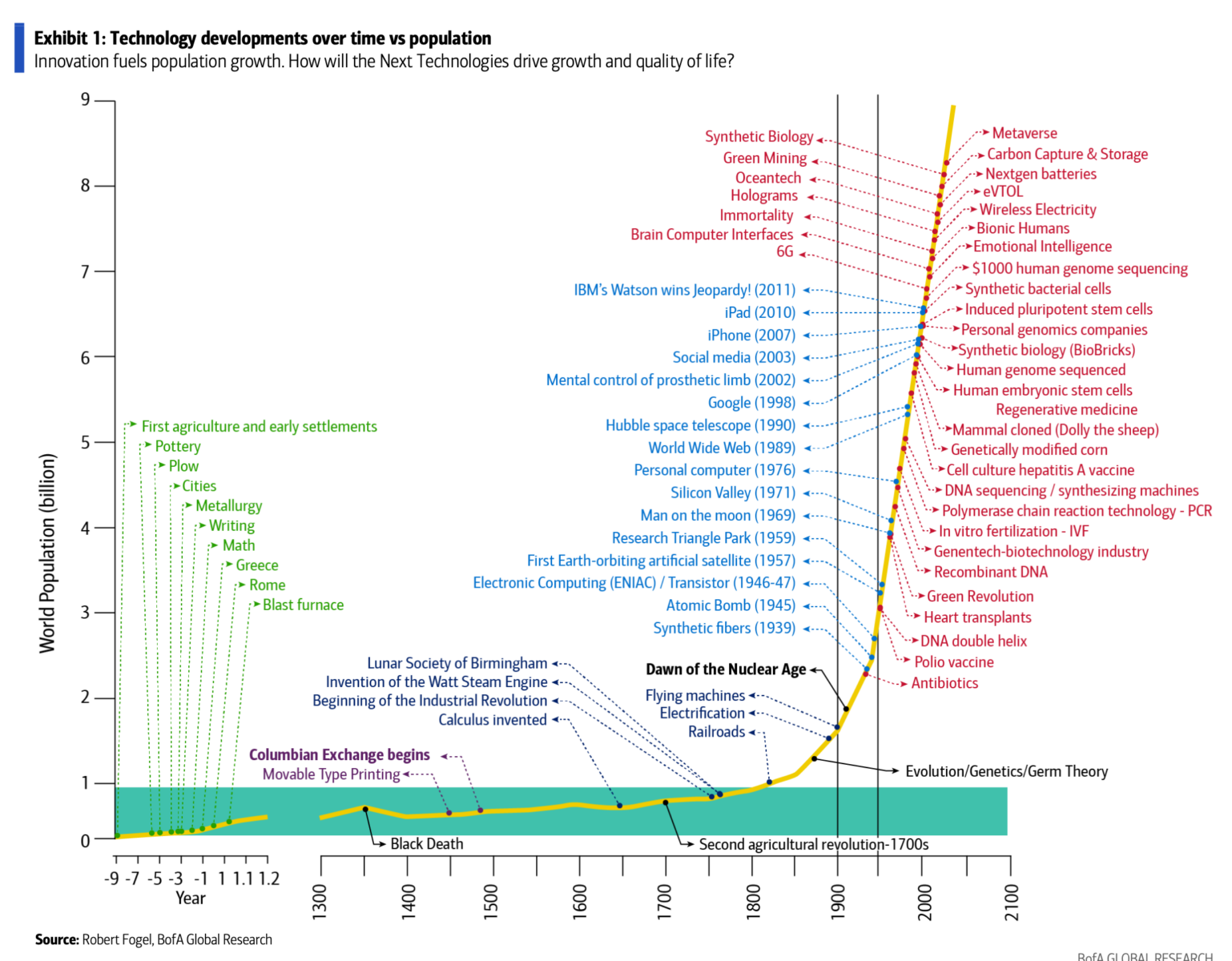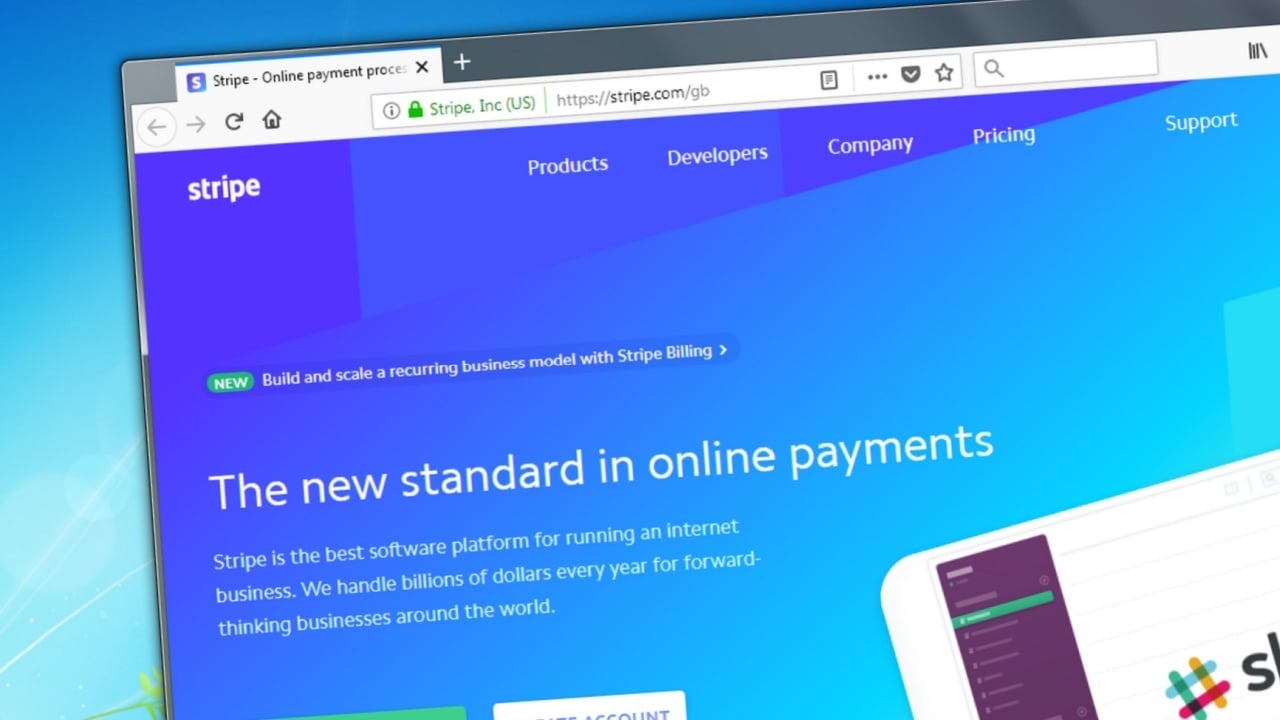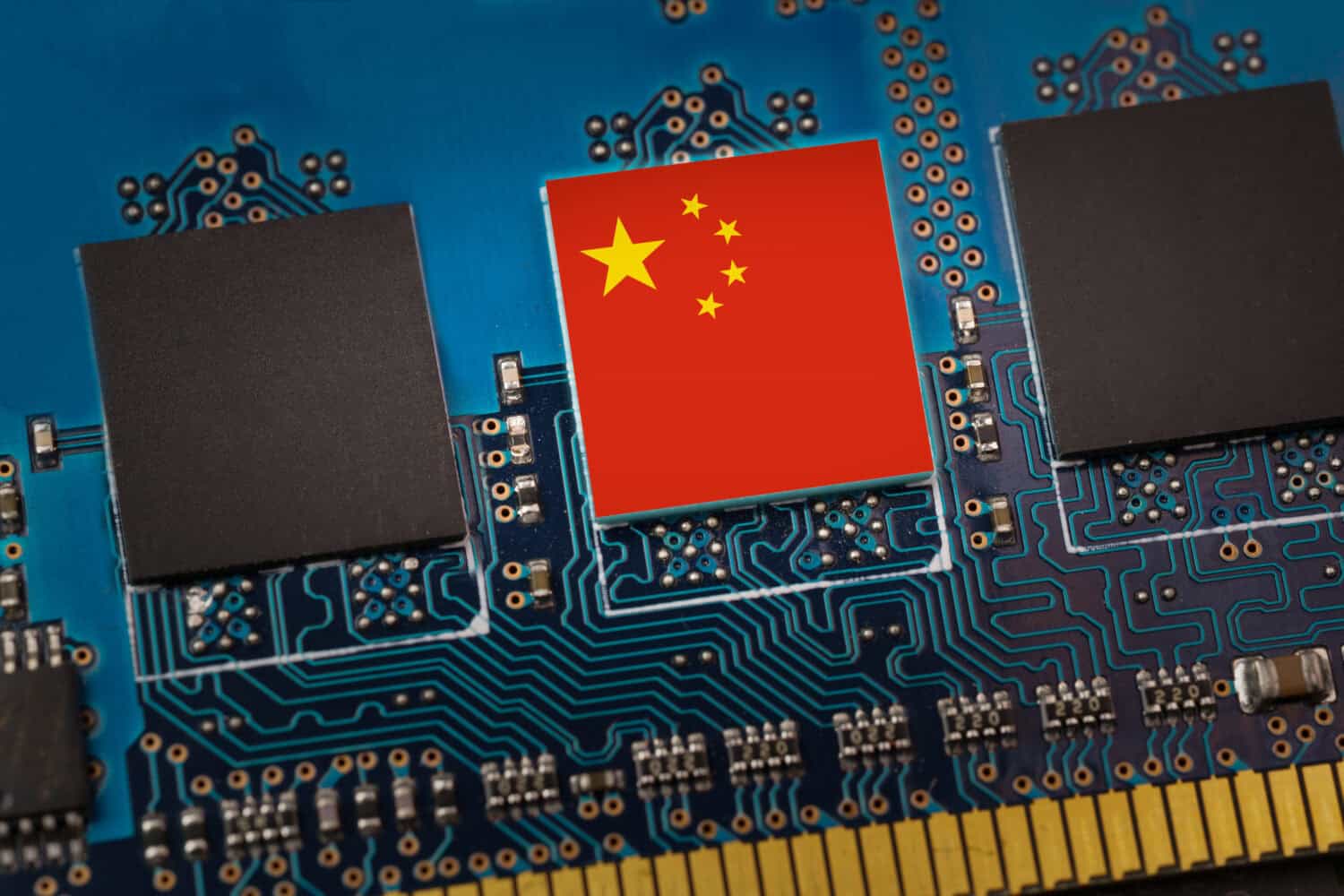Why Jim Cramer Is Wrong About Microsoft Stock Being ‘Nothing’ If This Happens
Mad Money’s Jim Cramer has built a very large US following for his CNBC show. His influence has grown to the point where his recommendations can often move markets temporarily. Therefore, when Jim Cramer declares a statement that a Magnificent 7 stock may be “nothing” if it doesn’t have a popular AI platform, investors sit […] The post Why Jim Cramer Is Wrong About Microsoft Stock Being ‘Nothing’ If This Happens appeared first on 24/7 Wall St..
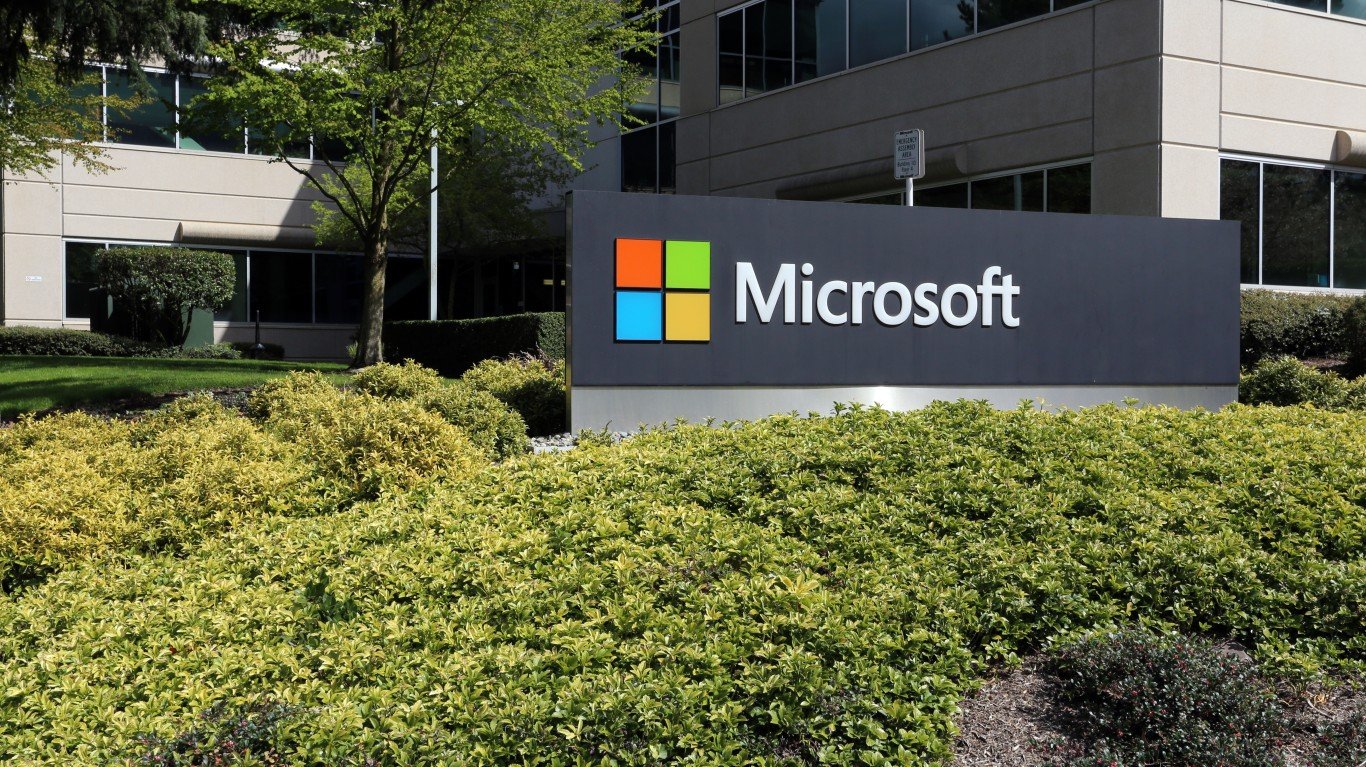
Mad Money’s Jim Cramer has built a very large US following for his CNBC show. His influence has grown to the point where his recommendations can often move markets temporarily. Therefore, when Jim Cramer declares a statement that a Magnificent 7 stock may be “nothing” if it doesn’t have a popular AI platform, investors sit up and take notice.
Two days after the IRS income tax deadline, Jim Cramer took to X to post a comment about Microsoft (NASDAQ: MSFT) and its relationship with OpenAI and its ChatGPT platform. Cramer noted that “MSFT is not a factor if it splits with OpenAI”. While Cramer has often made sensationalist predictions that have a spotty track record, this Microsoft one, once examined more closely, can be debunked on a number of fronts.
Key Points
-
CNBC’s Mad Money host, Jim Cramer, posted on X in mid-April about AI chats that “MSFT is not a factor if it splits with OpenAI”, implying that Microsoft’s fortunes are solely linked to its OpenAI and Chat GPT exclusivity agreement.
-
Microsoft’s business model contains numerous other profitable and growing revenue streams that make a strong argument that Microsoft’s prospects are predominantly independent of OpenAI’s ChatGPT.
-
By adapting its original DOS model to Azure Cloud Services, OpenAI is likely more dependent on Microsoft than vice-versa going into the future.
-
Nvidia made early investors rich, but there is a new class of ‘Next Nvidia Stocks’ that could be even better. Click here to learn more.
ChatGPT Is Not Microsoft’s Only AI Platform

While there are no disputes as to the huge surge in popularity of OpenAI and its ChatGPT, Sam Bankman’s company has benefited enormously from its exclusivity arrangement with Microsoft. There is an imprimatur of legitimacy that the Microsoft connection automatically conferred to ChatGPT, which played a big part of its growth and in overcoming objections from skeptics and the more timid users in cyberspace.
Nevertheless, what Cramer fails to note is Microsoft’s successful business model, which dates back to its origins. Unlike Steve Jobs’ Apple, which created its own self contained hardware and operating system, Bill Gates elected to create the digital means for users to choose their own computer hardware by having Microsoft create DOS – Disk Operating System. This allowed a much wider range of configuration options at the time for businesses in a wide range of industries.
Fast forward to 2025. Microsoft’s primary AI presence is primarily in its Azure cloud services and in its proprietary AI hybrid products, such as Copilot, 365 Copilot, Purview, and others. By providing AI and computing infrastructure, data storage, and networking capabilities, Microsoft may become indispensable to both However, it has many more arrows in its quiver from which to generate revenues.
Azure:
- Microsoft Azure controls 24% of the global cloud infrastructure market, up 2 points over 2023. As of February, Azure was poised to potentially catch up to industry leader AWS (32%) with $40 billion in additional data center investments this year and another $40 billion committed in the near future.
- Microsoft has wisely integrated its customized proprietary Cobalt and Maia AI chips with hardware from AMD, Nvidia and Intel to boost Azure performance while lowering cost, thus expanding AI market share and to meet exponential growth in cloud capacity demand.
- Every Microsoft hardware generation has produced a >2x price performance gain and >10x gain for every model generation, due to software improvements in its data center servers.
- Raymond James sees the trend towards public cloud services as huge with Azure and Dynamics 365 (cloud based CRM and ERP business apps) leading the way to give Microsoft a dominant position in the field in due course.
Copilot and 365 Copilot:
Pilot is Microsoft’s proprietary AI assistance platform for individual users of Windows, while 365 Copilot is geared towards enterprise users utilizing Office 365 and its range of extension features.
- The last 20 months has seen over a tenfold increase in 365 Copilot seats, making it the fastest software growth rate in Microsoft history.
- Recent notable new 365 Copilot customers include Barclays PLC, Novartis, Carrier Group, Pearson plc,, and the University of Miami – each signing up for over 10,000 seats.
- 70% of Fortune 500 companies are already 365 Copilot customers, Melius Research projects the platform is approaching a 10% market penetration rate. They estimate this will equate to over $10 billion in revenues over the next 5 years.
- User metrics are huge and continue to grow.. Forrester predicts that small to medium businesses that adopt 365 Copilot will see an ROI boost of 132% to 353% over three years.
- GitHub Copilot, jointly created by Microsoft and AI, has become the tool of choice by leaders in banking (HSBC Holdings), Accounting (KPMG), Computer Equipment (Hewlett Packard), media entertainment (Spotify), and ASOS (apparel), among others. It has grown 50% in the past 24 months.
- Microsoft sees AI apps as another area of growth. Customized specific use applications by companies like Siemens, Bayer, and Rockwell are expanding, and Microsoft’s Phi family of Small Language Models (SLM) has seen over 20 million downloads.
Data Centers:
While there were some fearful reactions to the announcement of Microsoft’s cancelled power leases for some of its forthcoming data centers, other analysts conclude that Microsoft’s internal consolidation of its GenAI infrastructure is likely the underlying reason. The company’s $80 billion investment was still on track to have tripled Microsoft’s data center capacity by summer, 2025. Despite recent slow downs, MSFT is nevertheless still keeping bullish sentiment in its stock alive.
Given how AI is still barely out of its infancy, Azure cloud storage use and increased data center capacity is responding to demand for a wide range of other functions and activities apart from AI, and will likely continue to comprise the bulk of cloud storage demand for the near future.
Prognostications for Microsoft From Wall Street

While Jim Cramer may be bearish on Microsoft if it decides to part ways with OpenAI, Wall Street analysts beg to differ – some of them include:
- Goldman Sachs gives MSFT a “buy” rating. While Goldman Sachs is bullish on MSFT due to its AI growth, Azure is where their analyst sees MSFT beating rival analysts’ consensus on earnings.
- Wells Fargo analyst Michael Turrin especially cited the data center construction and MSFT’s strong software and cloud services for his “overweight” rating.
- Bank of America analyst Bradley Sills gives MSFT a “buy” rating.
- UBS and its analyst, Karl Kierstead, maintained their “buy’ rating, despite lowering their target price. Over data center slowdowns.
- Forbes Magazine published a detailed analysis of MSFT, making the case for a buy and hold scenario.
The post Why Jim Cramer Is Wrong About Microsoft Stock Being ‘Nothing’ If This Happens appeared first on 24/7 Wall St..





